What is a VPN? And How Does it Work?
Approachable Cyber Threats
SEPTEMBER 30, 2021
You can’t access that app someone mentioned, so you ask them and they tell you to “just use the VPN.” And why can you access the app after using the VPN, but you couldn’t before? A Virtual Private Network, or VPN, is a technology that allows you to connect your device to another IT network. This is where a VPN comes in.


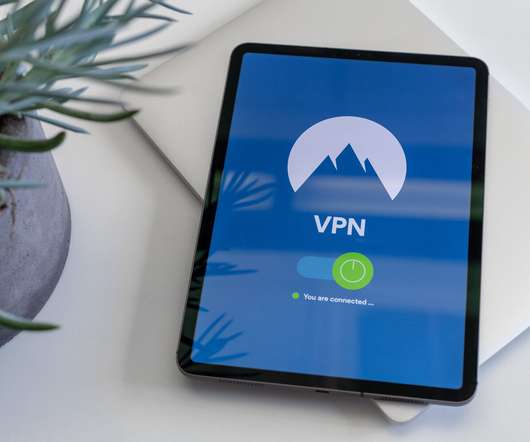
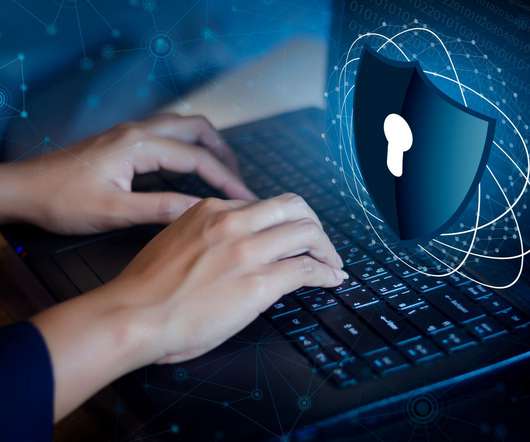


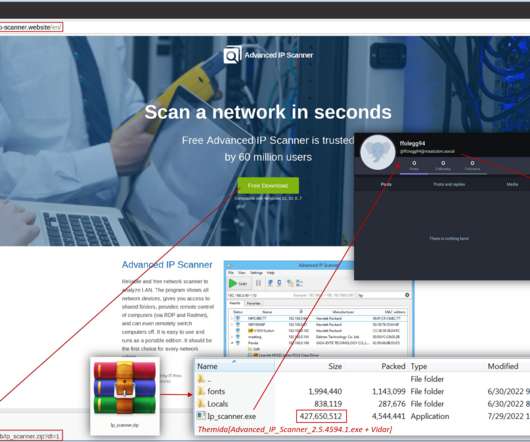





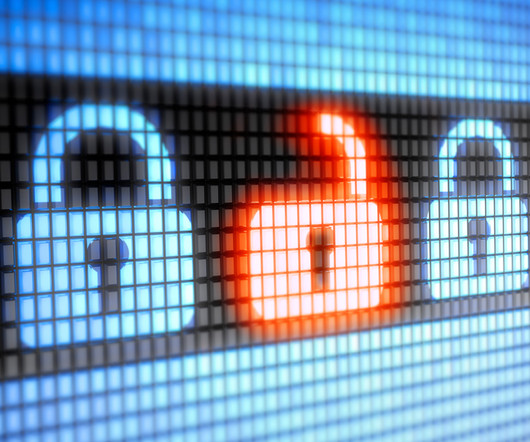



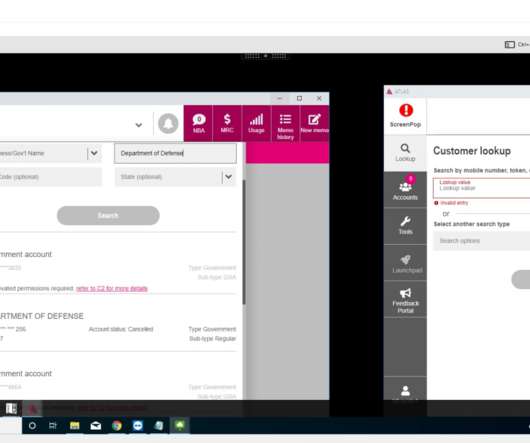







Let's personalize your content